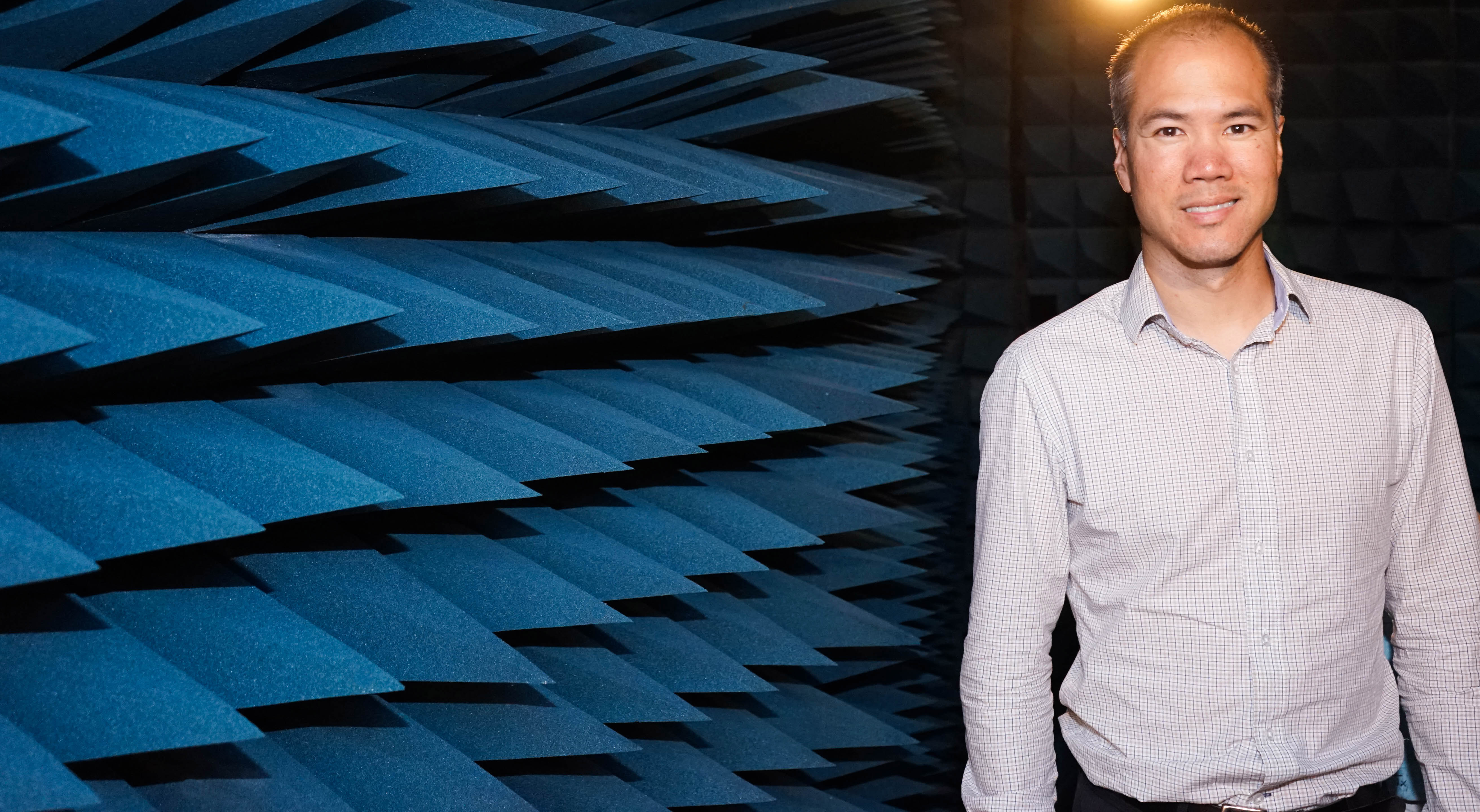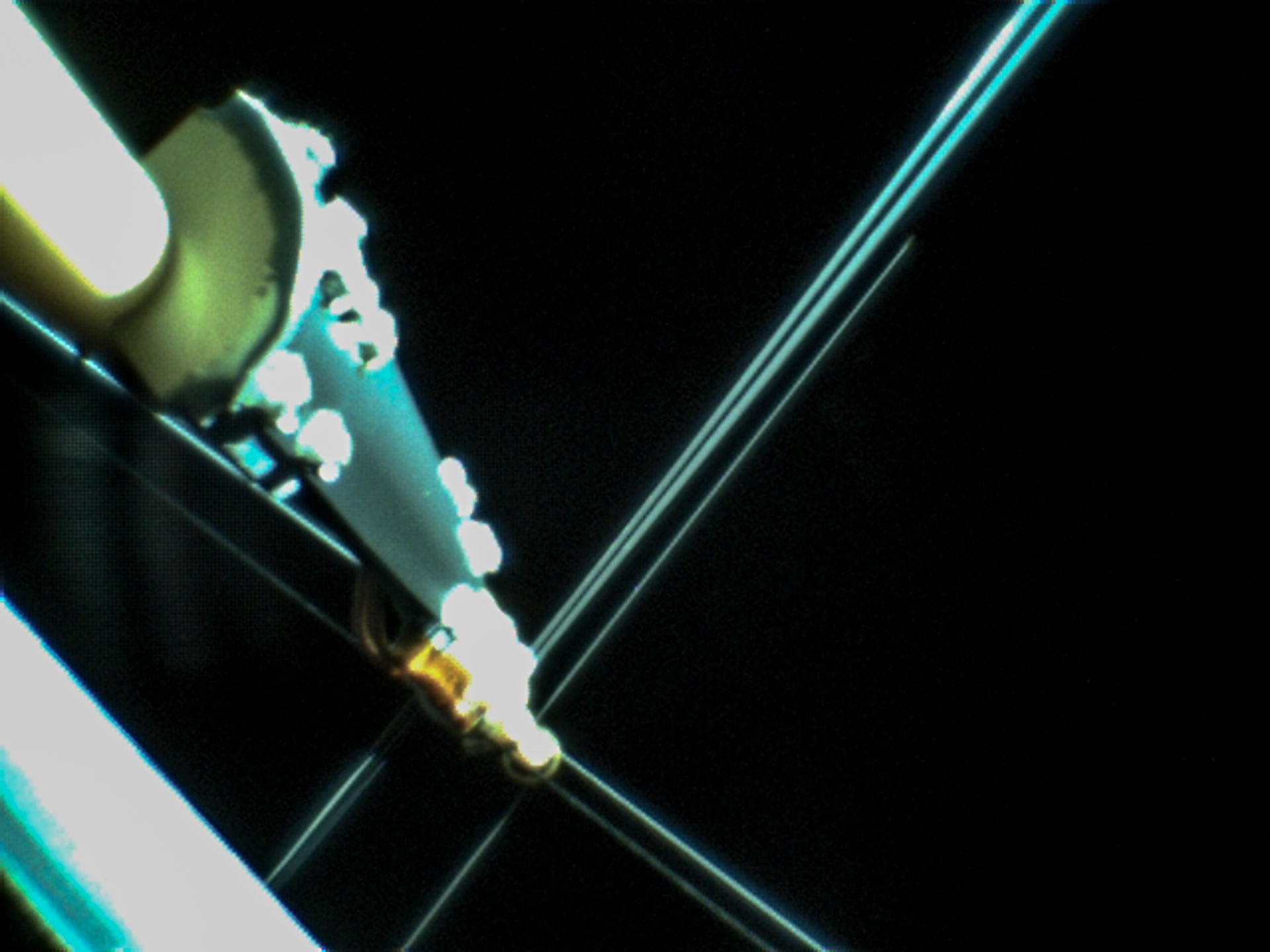August 3, 2017
A new approach to antenna design is unfolding in orbit — literally.
Professor Sean Hum and his research group in in The Edward S. Rogers Sr. Department of Electrical & Computer Engineering (ECE), developed the radio-frequency design of a novel deployable antenna in collaboration with members of the University of Toronto Institute for Aerospace Studies (UTIAS) Space Flight Laboratory (SFL) with the aim of reducing launch volume and mass. The mechanical design and deployment mechanism of the antenna were designed by Dumitru Diaconu and Simon Molgat-Laurin of the SFL.
The expandable antenna is connected to one of two microsatellites that were launched into orbit from Baikonur, Kazakhstan by the Norwegian Space Center on July 14. The microsatellites were designed and built by members of the SFL under the direction of Professor Robert Zee (UTIAS) and SFL Project Managers, Laura Bradbury and Alex Beattie.
The very high frequency (VHF) antenna was designed to unfold from the satellite after receiving a command from the Norwegian Space Center to deploy once in orbit. “This antenna is a completely new type of deployable antenna — it unfolds to be more than three times as large as the satellite that took it into orbit,” says Hum. “This is the first time that a deployable antenna of this type has been contemplated and successfully used as a main mission antenna for a microsatellite.”
The device is being used to enhance ship-to-ship and ship-to-shore communications over the territorial waters of Norway. A very powerful antenna was required to test this two-way data communication at sea, but the challenge was to design it to fit within a small satellite. Until now, such antennas were fixed, taking up valuable space and resources within a satellite. Professor Hum and his team used leaf spring technology to design the deployable antenna. On July 20, cameras on board the microsatellite confirmed the successful deployment of the antenna and automatic identification system signals used for collision avoidance on ships have since been detected.
Professor Hum worked on the radio-frequency design of this antenna with then student Jeff Nicholls (EngSci 1T3, ECE MASc 1T6) who is now an Antenna Engineer at SpaceX. The success of their design means that future satellites could employ more powerful antennas for communications, enabling higher data rates and more data intensive payloads to be used on these small satellite platforms.
“The antenna deployed successfully, which was exciting in and of itself, since this was a new design,” says Hum. “But now we have confirmation that the antenna is receiving and delivering signals as intended so it’s exciting to see — very literally — the work of many people and years of research unfold.”
More information:
Jessica MacInnis
Senior Communications Officer
The Edward S. Rogers Sr. Department of Electrical & Computer Engineering
416-978-7997; jessica.macinnis@utoronto.ca


